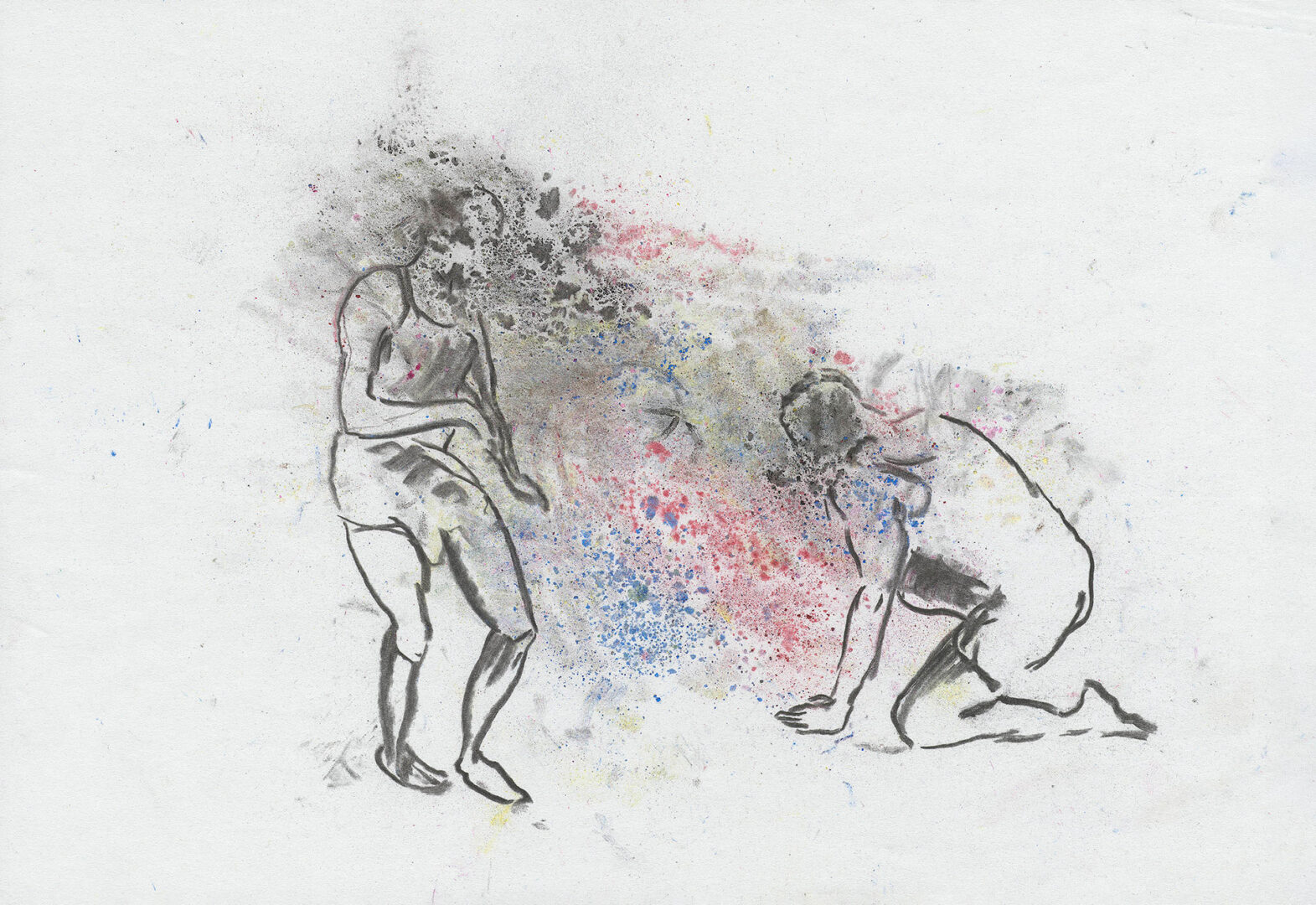
At Madre the Presentation of Anri Sala New Vinyl
Body Double
Realised in the Context of Pompeii Commitment. Archaeological Matters
Wednesday 13th September, 6pm
Free entry subject to availability
On Wednesday 13 September at 6pm, Madre, Contemporary Art Museum of the Campania Region will present the new vinyl by the artist Anri Sala, entitled Body Double, realised in the context Pompeii Commitment. Archaeological Matters – the first long-term, contemporary art programme established by the Archaeological Park of Pompeii. After the institutional greetings of Angela Tecce, President of the Donnaregina Foundation for contemporary arts, Eva Fabbris, Director of the Madre museum, and Gabriel Zuchtriegel, Director of the Archaeological Park of Pompeii, will intervene, with the artist, Andrea Viliani, Director of the Museum of Civiltà and co-curator Pompeii Commitment. Archaeological Matters, Marcella Beccaria, Chief Curator and Curator of the Collections of the Castello di Rivoli Museum of Contemporary Art, Rivoli-Turin, Vice President of AMACI-Association of Italian Contemporary Art Museums, guest curator of the project.
The vinyl Body Double by the artist Anri Sala (Tirana, 1974) was produced under the curatorial direction of Marcella Beccaria and Andrea Viliani and thanks to the kind support of Gianfranco D’Amato.
The presentation of this work at the Madre Museum assumes particular relevance within the prospect of a constructive synergy between the institutions, which have already had the opportunity to collaborate on the occasion of the Pompei@Madre exhibition, curated by Andrea Viliani and inaugurated at the end of 2017.
Anri Sala is the artist who inaugurated Pompeii Commitment. Archaeological Matters – Digital Fellowship, a new annual programme facilitating artistic and curatorial research within Pompeii’s uniquely trans-temporal, multi-species, and deeply entangled context. Curated by Marcella Beccaria, the Digital Fellowship presented Body Double, a new sound work which Anri Sala made by bringing together recent findings from Pompeii with others from excavations carried out in past centuries. The artwork developed into two parts – Side A and Side A Too – published on pompeiicommitment.org on September 1st and October 6th, 2022, and now under the form of a limited edition vinyl.
The works of Anri Sala are devices that instigate the “present moment”, becoming co-producers of the elusive time-space fragment that separates the before from the after and the past from the memory that tries to remember it. Sala’s Digital Fellowship research focused on the remains of two victims of Vesuvius’ eruption, found in 2020 during the excavations in Civita Giuliana. At the same time, the artist drew inspiration from an ancient wind instrument, similar to a double flute, known as aulos in ancient Greek and tibia in Latin. In the extraordinary heritage retrieved from Pompeii, this instrument has come back to us thanks to finds excavated in 2018 and others which had already been found around 1800. Ideally making perceptible the last breath of the victims, and allowing an instrument that had been silent for almost two thousand years to produce music again, Sala’s work establishes a poetic equivalence between the duration of the music piece and the volume of air left by the bodies in the ash, a space made tangible by the volume of the plaster casts. Played thanks to a reconstruction of the ancient tibia and complemented by two new drawings expressly made by the artist, Body Double is an elegy dedicated to the ancient inhabitants of Pompeii, a place that keeps coming back from the past to the present, projecting itself towards the future and turning space and time into porous entities folded onto themselves. The music of Body Double is performed by Stefan Hagel, a scholar who plays a reconstruction of the ancient wind instrument designed by himself using digital technologies.
The sequence of contents, which formed part of Anri Sala Digital Fellowship, was established according to the concepts of double, similar, equivalent, stratigraphic and circular, which are all part of the artist’s work. The curator’s text covers the project analysing the many artistic, technical, scientific and, above all, human intertwined stories that made it possible.
